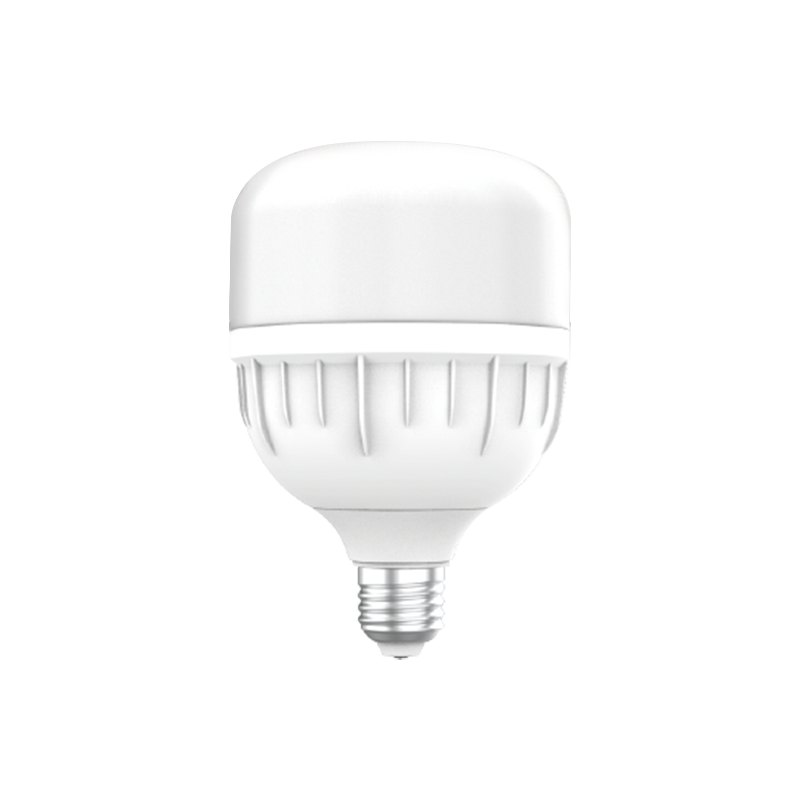Navigating LED Lamps for Industrial Use Explained
Navigating LED Lamps for Industrial Use Explained
Blog Article
For companies purchasing in volume, choosing the right wholesale LED supplier is essential to balance quality and cost.
Whether you're upgrading an existing lighting system or starting a new facility from scratch, these insights will guide your decision-making.
Let’s start by looking at the reasons why sourcing LED lighting wholesale is not only cost-effective—but also the smarter long-term choice for industrial facilities.
Why Choose Wholesale LED Lighting
Bulk purchasing lowers unit costs, simplifies logistics, and ensures product consistency across your facility.
Working with an LED importer or distributor helps secure better warranties, product availability, and technical support.
Another reason to buy wholesale is flexibility: clique aqui you can choose saiba mais aqui from saiba mais a range of models—like high bay LED EVO—with varying specs suited to different areas of your facility.

Why Industrial Facilities Should Upgrade to LED Lighting
LEDs consume up to 75% less energy than traditional metal halide or fluorescent systems, significantly cutting monthly utility bills.
This is especially critical in areas with heavy equipment, forklifts, or complex production lines.
Whether outfitting a new warehouse or retrofitting an old plant, LED solutions provide a clear path to operational excellence.
What Makes High Bay LED Fixtures Ideal for Industrial Spaces
These powerful lights deliver focused, even illumination across wide areas, ensuring that workspaces remain well-lit and compliant with safety standards.
Compared to legacy high-intensity discharge (HID) fixtures, high bay LEDs offer better energy efficiency, instant-on capability (no warm-up time), and superior color rendering.
These innovations help optimize energy use even further, making them an excellent long-term investment for any industrial operation.
Key Features of High Bay LED EVO Fixtures
Engineered for maximum performance, these fixtures combine high lumen output with exceptional energy efficiency, making them ideal for large spaces with demanding lighting needs.
Additionally, the EVO model often comes with flexible mounting options, optical lens choices, and smart lighting capabilities like motion sensors or daylight harvesting.
Companies seeking to modernize their lighting systems should consider the EVO series as a top-tier option offering durability, efficiency, and cutting-edge features.

What to Look for in an LED Importer
Experienced importers can offer insights into product selection, local compliance requirements, and after-sales support.
Look for suppliers that maintain robust inventories and have strong relationships with manufacturers.
A good supplier doesn’t just sell products—they help you plan, install, and maintain your lighting systems effectively.
Conclusion: Optimizing Industrial Lighting with Wholesale LED Solutions
Upgrading to wholesale LED lighting is one of the smartest moves industrial facilities can make today.
Selecting the right LED supplier or importer ensures you gain access to cutting-edge products, expert guidance, and reliable after-sales support.
By acting now, you position your business at the forefront of innovation, reaping financial and environmental benefits for years to come.
Your Questions Answered: Industrial LED Lighting
Why should I purchase LEDs in bulk?
Buying LEDs wholesale lowers unit costs, simplifies logistics, ensures product consistency, and often provides better warranties.
When do I need high bay LED fixtures?
High bay LED lights are designed for spaces with ceilings over 20 feet, such as warehouses, factories, and gymnasiums.
What makes the High Bay LED EVO different?
It’s a top-tier choice for demanding industrial applications requiring durability and performance.
Why does the right importer matter?
A good importer ensures product quality, compliance, fast delivery, and long-term partnership.
What’s the ROI on industrial LED upgrades?
Industrial LED upgrades can reduce energy costs by up to 75% and maintenance costs by up to 50%.
Report this page